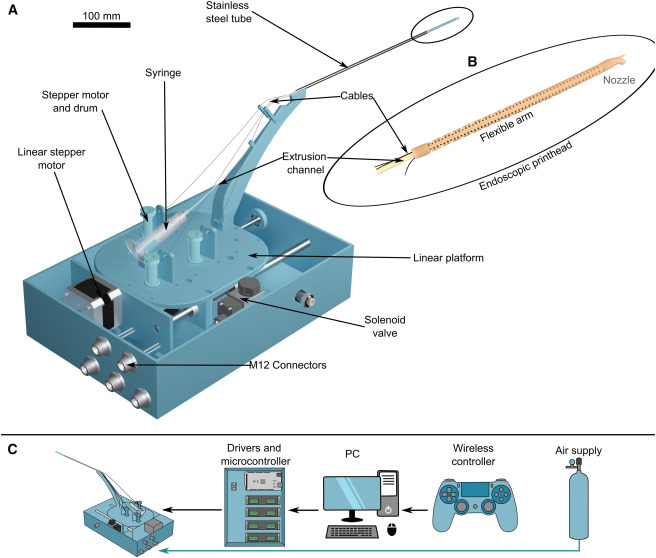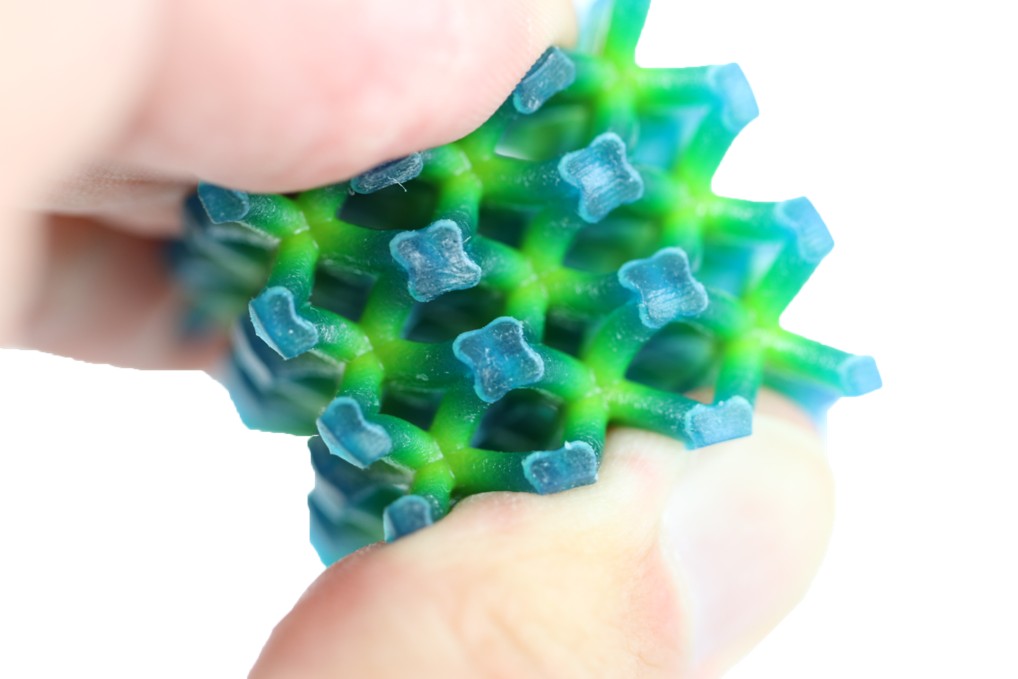
Date:2025-04-15 09:57:48
In recent years, 3D printing technology has rapidly advanced in the construction industry, evolving from a high-tech curiosity to a potential solution for building affordable housing, addressing labor shortages, and reducing carbon emissions. However, there are still significant hurdles to overcome before 3D-printed homes become mainstream.
3D Printing for Affordable Housing
Factory-made homes and modular construction have already demonstrated their ability to reduce building costs and shorten construction timelines. 3D printing, also known as additive manufacturing, represents the next level of efficiency. Instead of transporting modules from a factory to a construction site, 3D printing brings the factory equipment directly to the site.
The 3D printers used in construction are large and frame-like, extruding concrete mixtures or other cementitious materials rather than the resins used in small-scale 3D printing.
In 2019, Texas-based construction and technology startup Icon partnered with the California housing nonprofit New Story and the organization Échale to print two new homes in the Mexican state of Tabasco in just 24 hours. Another California-based startup, Mighty Buildings, also established a 24-hour timeframe for printing the floors, walls, and ceilings of small homes.
One company aiming to scale up for the global market is the Angolan startup Power2Build. In 2021, the company built a 570-square-foot house in 48 hours, marking the world’s first 3D-printed home to extrude actual concrete. In 2022, Power2Build printed a 1,507-square-foot house in just 30 hours—4.5 times faster than the original house—while saving 90 percent on construction costs compared to conventional buildings.
Opportunities and Challenges of 3D Printing
3D printing has caught the attention of NASA, which is exploring the feasibility of constructing printed habitats on the moon and Mars. The ability to use local materials instead of relying on expensive rocket shipments, along with the potential for remote operation of 3D printers, are key benefits.
These factors can also help reduce the cost of 3D-printed homes on Earth, though several challenges remain. According to Jesse Bedayn of the Associated Press, these include the high upfront cost of building-sized 3D printers and the lack of internationally recognized construction standards.
Additionally, while 3D printing can reduce the number of workers needed to construct a building, it does not fully resolve workforce shortages in the construction industry. Workers will need to acquire new skills to set up and operate 3D printers. Transporting printing equipment to remote communities in need of housing is another obstacle.
Environmental Opportunities for 3D Printing
Despite the challenges, the law of unintended consequences may help propel 3D-printed homes into the U.S. mainstream. Trade analysts are concerned that new U.S. tariffs on Canadian lumber will raise costs for traditional construction, making the low-cost domestic supply chain of 3D printing more attractive.
Moreover, as the Trump administration’s proposal to log more forests on federal lands threatens environmental conservation, 3D printing offers an alternative for builders and homebuyers who prioritize sustainability.
Innovators in 3D concrete printing are also developing formulas aimed at reducing the carbon footprint of printing mixtures while improving strength and durability. For example, researchers at the University of Virginia introduced a high-performing cementitious composite last year that could reduce carbon emissions by 31 percent compared to conventional 3D printing concrete.
Meanwhile, the concept of home printing is already gaining traction. Icon, for instance, is constructing 104 new 3D-printed homes at Community First! Village, a 51-acre neighborhood of permanent residences for the chronically homeless in Austin, Texas, operated by the nonprofit Mobile Loaves & Fishes.





